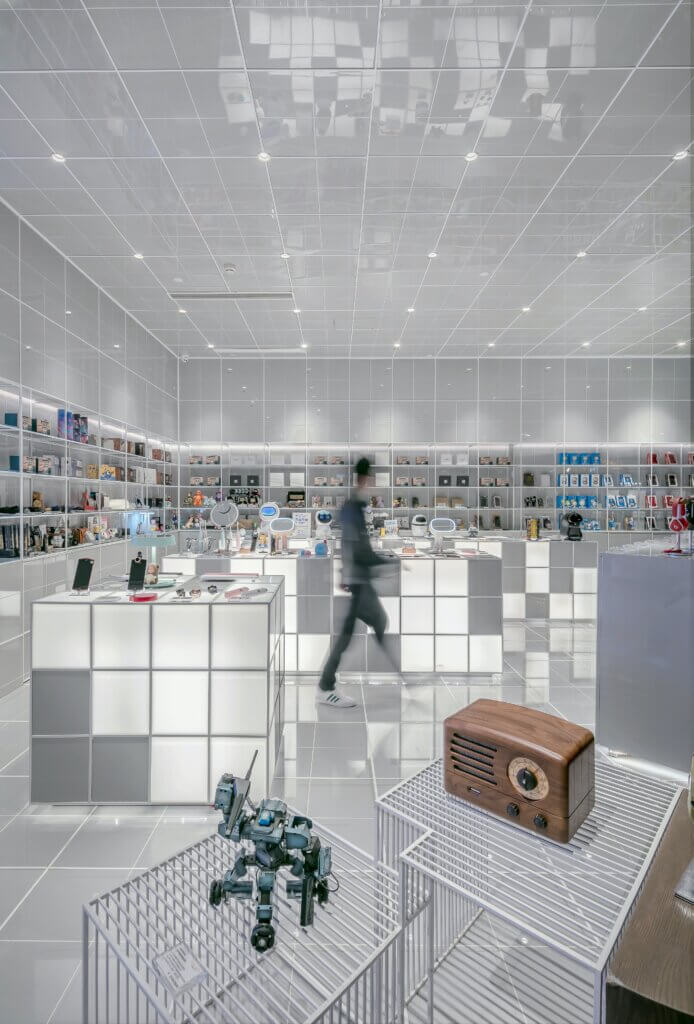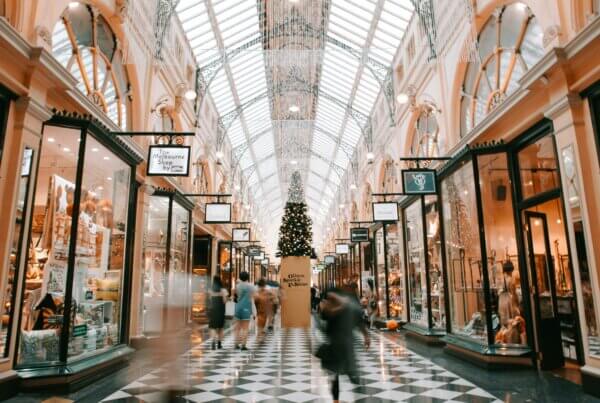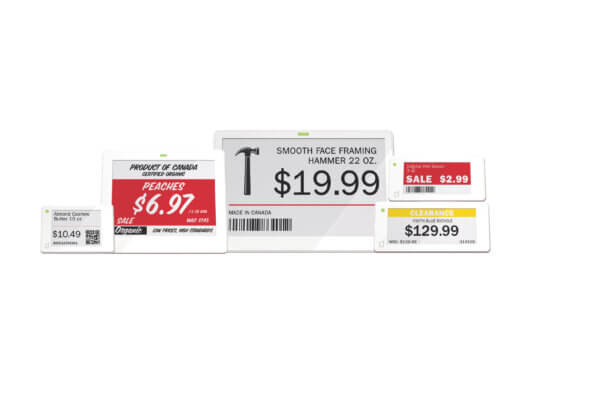In recent years, Augmented Reality (AR) has gained significant traction across various sectors of industry, revolutionizing the way businesses engage with customers. One of the areas that has truly embraced this technology is retail. With this shift in standard process comes enhanced shopping experiences, bridging the gap between online and offline shopping with a more immersive and personalized journey.
“AR has a great deal of potential to transform the consumer experience,” explains CustomerThink. “Incredibly, it’s a technology that allows marketers to take advantage of this fantastic potential to engage with their consumers in three dimensions while also doing so through mobile phones. The customer journey is now an engaging visual experience using cutting-edge visual effects. It serves as a powerful tool for persuading customers to buy your product, deepening your relationship with them.”
AR assists both customers and employees alike. The following are just a few ways to implement this new technology in retail:
Virtual Try-Ons
One of the most popular applications of AR in retail is the ability to virtually try on products, allowing customers to visualize how a piece of clothing or accessory would look on them without physically trying it on. By using their smartphone or tablet, customers can overlay digital images of products onto their own image in real-time. This not only saves time and effort but also reduces the risk of returns, leading to increased customer satisfaction.
Product Visualization
AR offers retailers the ability to showcase and demonstrate products in a more interactive and engaging way. For example, retailers can use AR to allow customers to virtually place furniture in their homes or virtually apply a paint colour to the walls, giving them a realistic sense of how it might look within their existing decor, helping customers make informed decisions.
In-Store Navigation
Navigating large retail stores is simplified with AR which can help customers find their way around by providing interactive store maps and real-time directions. By scanning the store layout, customers can easily locate specific products or departments, making their shopping experience more efficient and enjoyable. This technology also presents an opportunity for retailers to suggest personalized offers and recommendations based on a customer’s location within the store.
Enhanced Product Information
AR can provide customers with detailed information about products, such as specifications, reviews, and related items, simply by scanning a product’s barcode or QR code. This feature empowers customers to make informed purchasing decisions and creates a more seamless shopping experience by eliminating the need to search for information manually.
Virtual Stores and Pop-up Shops
AR enables retailers to create virtual stores or pop-up shops, allowing customers to browse and purchase products from anywhere at any time. This concept opens up new possibilities for retailers to extend their reach beyond physical stores and cater to a wider audience. Customers can use their smartphones or wearables to access these virtual stores and experience a similar shopping environment as they would in a physical store.
AR offers retailers additional innovative ways to engage with customers, increase sales, and build brand loyalty. As this technology continues to evolve, expect to see more retailers adopting these resourceful solutions to stay ahead of the competition and meet the ever-changing demands of the modern consumer. “Customers enjoy using AR applications, and they’re becoming reliant on the tools to make purchase decisions, emphasizes The Harvard Business Review. “For example: 56% of shoppers surveyed by NielsenIQ said that AR gives them more confidence about the quality of a product, and 61% said they prefer to shop with retailers that offer AR experiences.”



